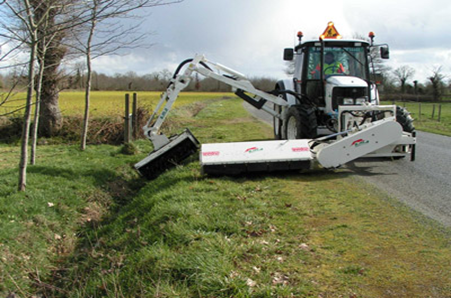Hello.
This is a 1st test of the Newsletter generated by the site http://sphingidae-haxaire.com/
The purpose of this Newsletter is to give you some news on our favorite family. It will include:
- information about the collection and field observations, in particular on the European and French faunas.
- novel or innovative information on rearing, harvesting of eggs, prospecting techniques.
- Sphingidae news in the broad sense, the publications that I remember, the new species described, the missions carried out by my colleagues and I in the world. I shall try as far as possible to report the major taxonomic changes made to this family, either specific or supra-specifique level. I would like to give my opinion on these works.
- any other information that I find useful to inject here.
1 – Sphingidae of the month.
It has not escaped you that the season is awful. Sphingidae started flying since February, with Macroglossum stellatarum (always 1). The season Proserpinus proserpina is now completed and its Caterpillar is not uncommon on the unkempt Fireweed of roadsides in my Department (47) but only before the passage of the deadly Reaper of the commune. Found in the company of Deilephila elpenor and sometimes even Hyles livornica.
In this connection, if you have the opportunity to intervene with your municipality to preserve some areas do, this practice is, in our campaigns strongly impacted by agriculture, the primary cause of depletion of the Sphinx as P. proserpina and d. elpenor. The side of road is often the last refuge for these species, between the bitumen and the cultivated field. 
The species to look for this month is Hyles nicaea. If you have not yet seen steal this splendid Hyles, go when it will be fine. You will find its distribution known on http://sphingidae-haxaire.com/index.php/cartographie/
Marumba quercus is also very common in June (it flies from mid May) Although this year, it will be necessary to find the compromise good Moon/lack of rain, and it is not won. However, it is undoubtedly in June that the insect is the most abundant and the coolest. In July, it clearly is the end.
The French observation of the month is a male of Sphinx of madder, observed and photographed by Jean-Claude TEMPIER in the North of the Hautes Alpes (05) Névache, 1500 m, 12 VI 2016. Shots have been added to the site in the week. This meeting is anything but banal. J. C. Tempier clichés have been added to the Gallery on this species.
2 – magazines to read.
If you are interested in the Sphingidae of the world, there is a review for you, The European Entomologist. In this periodical (4 issues/year) you will find hints of hunts, of faunal inventories, and descriptions of new species discovered during these investigations.
In the next issue, I publish an updated list of the Sphingidae of the Dominican Republic and the description of two surprising new discovered species during the mission in April 2016, therefore very recently.
Two new Macroglossum Indonesian are also described, as well as a sedge by my excellent colleague Tomas Melichar.
If you are interested in this work, http://fr.sphingidae-museum.com/the-european-entomologist.html
I of course PDF provided scheduled for that paper size is not interested. I should mention that this review is published at a loss. It is not a lucrative operation.

If you like that the fauna of France, the inevitable is OREINA
This review deals with the butterflies in France within the meaning wide, but this many notes concern our Sphingidae. The study of the complex pinastri/maurorum, «the Bombycoides caterpillars» folder, any that appeared in OREINA. It is my favorite magazine. Get an idea about http://www.oreina.org/
Pleased to read. I await your feedback.
Entomologiquement yours,
Jean Hanif